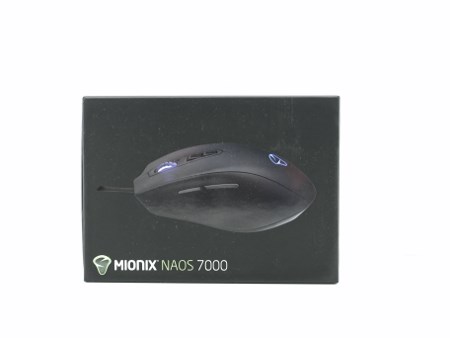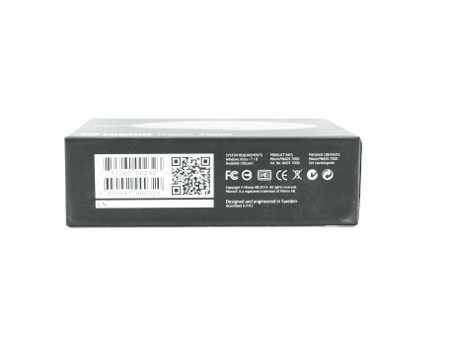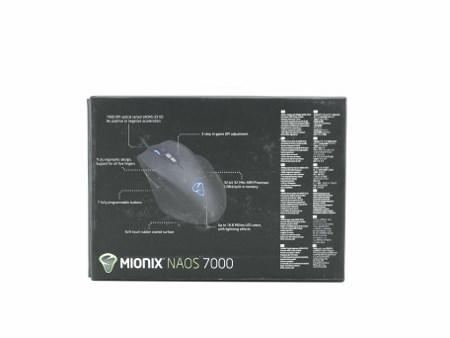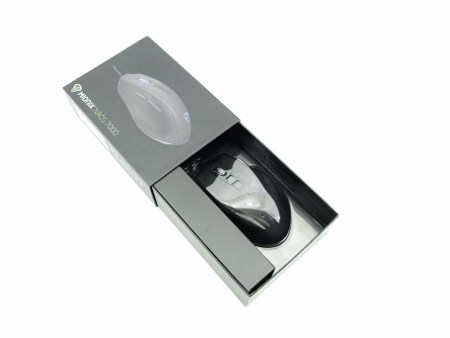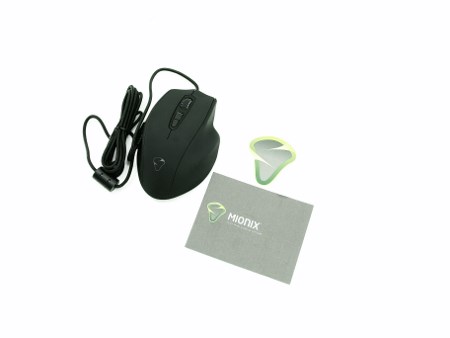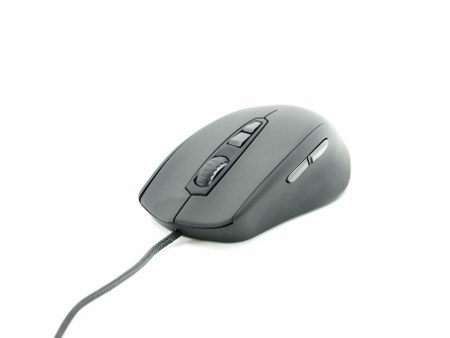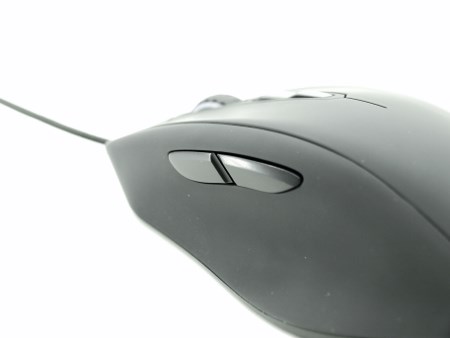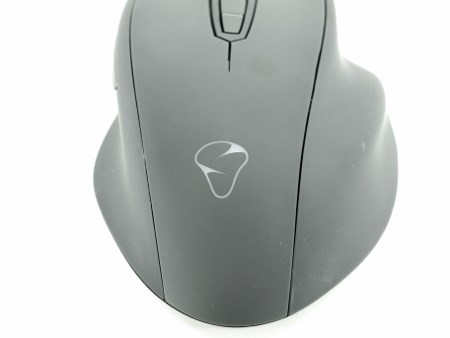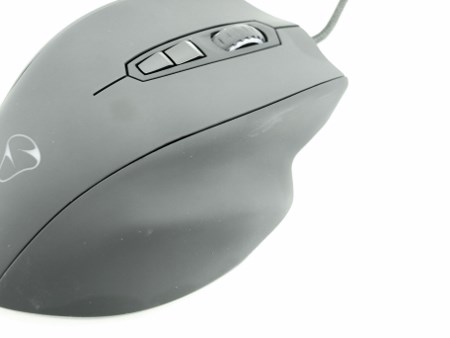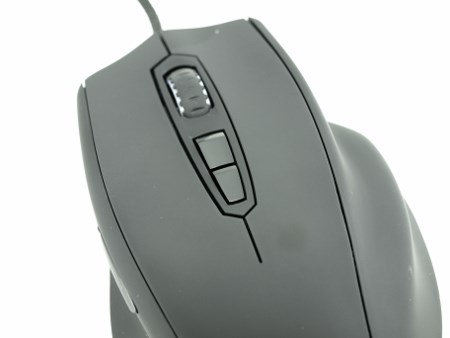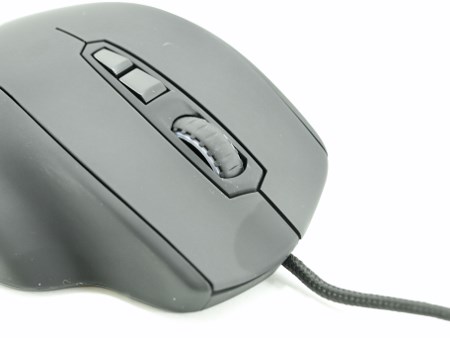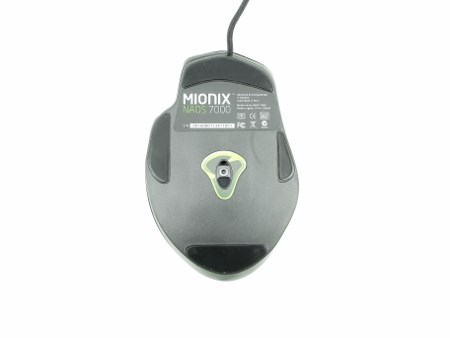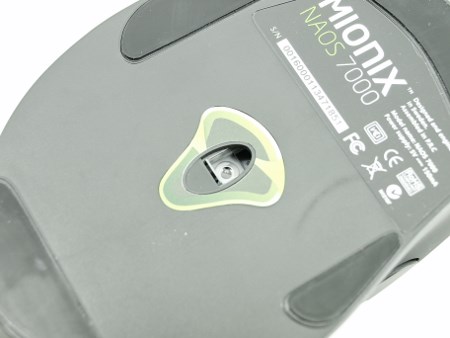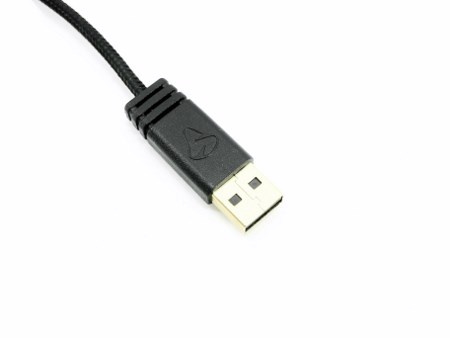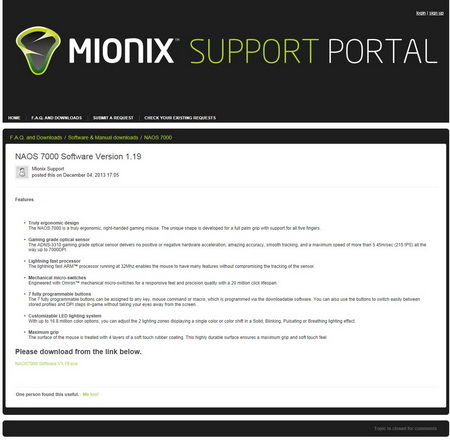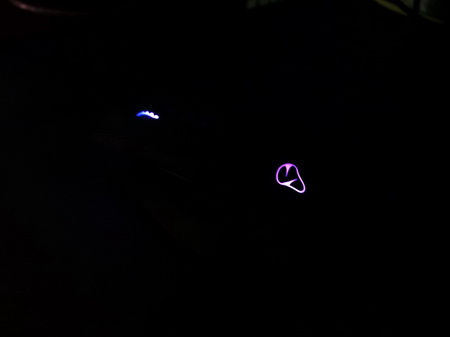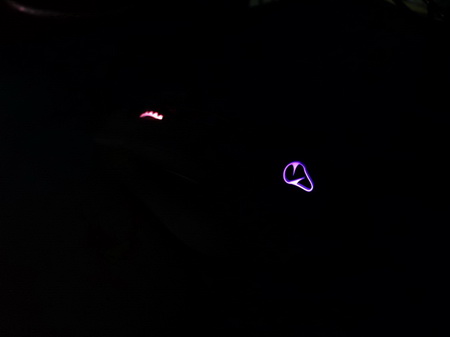INTRODUCTION
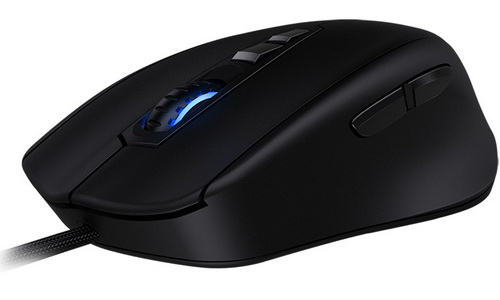
Regardless of whether you're a left or right hand user there will always be a wide range of gaming mice available in the market for you to choose from (especially if you happen to be right handed) from a large number of manufacturers. The real problem starts when people with large hands go out in the market to search for the ideal sized mouse something which can be very time consuming and not always with positive results since most manufacturers focus towards designing small and medium sized gaming mice with lightning fast laser/optical sensors (based on the demands by most consumers). Mionix is amongst the very few gaming peripheral manufacturers that actually cares about all segments of the market and what better way to prove that than by taking a look at all the different models in their NAOS line of gaming mice which have accompanied people with large hands for years now? Well for all of you we have good news since Mionix recently updated their NAOS line of gaming mice with the NAOS 7000 which happened to land on our doorstep roughly two weeks ago.
Mionix AB was founded in 2007 by Peter Nygren. The goal was to design and develop high-end computer peripherals made for gamers. The company stands for high quality, cool design and a touch of innovation. Mionix has received numerous of international prizes and awards for their products. Mionix has a global presence with a worldwide network of distributors, resellers and partners. For more information, visit www.mionix.net.
Just like with the Avior 7000 which we had the chance to test a couple of weeks back Mionix used the latest ADNS-3310 IR-LED optical sensor by Avago (7000DPI/215IPS) for the NAOS 7000 along with the same 32bit ARM processor running at 32Mhz and 128kb of built-in memory. Of course now we know that the ADNS-3310 IR-LED optical sensor may at first not seem as impressive as the ADNS-9800 laser sensor in terms of specifications but thanks to its neutral hardware acceleration the first actually feels more accurate and responsive in many scenarios. Unfortunately as you will all see later on this time over Mionix has dropped the DPI indication LEDs (one of the things we all liked about the NAOS line) but on the bright side they kept the same ergonomic design that has won numerous awards for them (although not ambidextrous unlike the Avior line). So although the ADNS-3310 worked wonders for the Avior 7000 we can't help but to wonder how it will do with the larger body of the NAOS 7000.
SPECIFICATIONS AND FEATURES


PACKAGING AND CONTENTS
Mionix has been using the same package for the gaming mice for many years now so once again at the front we see a large product picture and their logo.
The system requirements along with the contents of the bundle and several certification logos are placed at the bottom of the box.
All of the units’ features are showcased at the rear with the help of a large product image placed next to the features list which is printed in 12 languages.
Mionix has placed the NAOS 7000 behind the same clear plastic we've encounter many times in the past.
Once again the bundle only contains the basics and so along with the NAOS 7000 you will get the user's manual and the Mionix logo sticker.
THE NAOS 7000
Mionix has used the same 4 layer rubber coating for the housing of the NAOS 7000 which again measures 130.84mm in length, 84.72mm in width, and 38.67mm in height and has a weight of 103g.
Two programmable buttons are placed on the left side of the mouse (no DPI LEDs however).
As usual the Mionix logo is placed at the rear of the body.
The very large pinky rest on the right side is one of the things that separates the NAOS line from most gaming mice in the market.
Both DPI selection buttons are placed at the top and are also fully programmable.
The clickable scroll wheel is also rubber coated and quiet when used.
4 PTFE (Polytetrafluoroethylene) feet are placed at the bottom of the NAOS 7000 for optimum glide.
The 7000DPI of the ADNS-3310 IR-LED optical sensor by Avago may not be the highest around but thanks to the zero acceleration/deceleration and its maximum tracking speed of 215IPS it's one of the most advanced ones out there currently.
The 2m long braided cable ends at a gold plated USB plug.
CONTROL SOFTWARE
Since the NAOS 7000 comes without an software CD you need to head over to the official Mionix support page as seen above to download the latest software version.
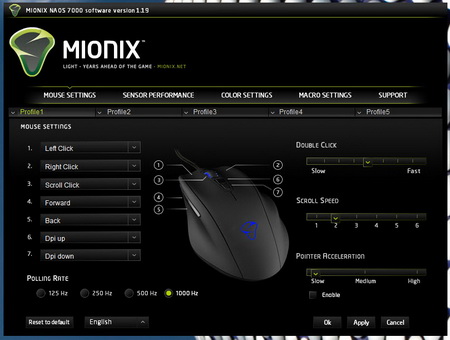
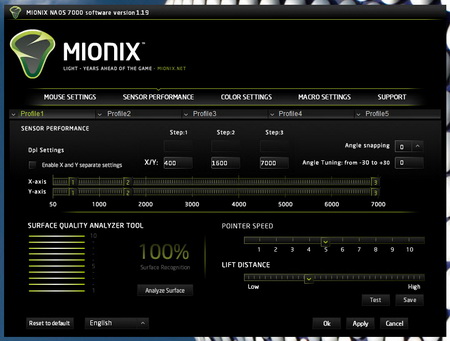
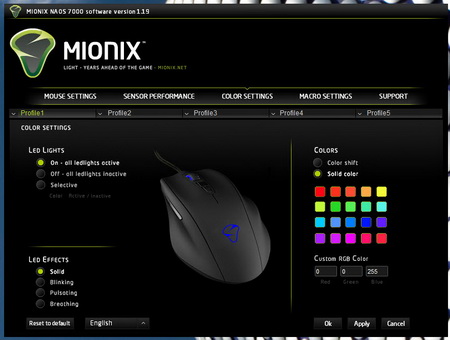
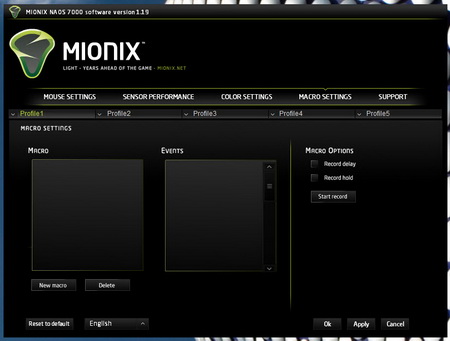
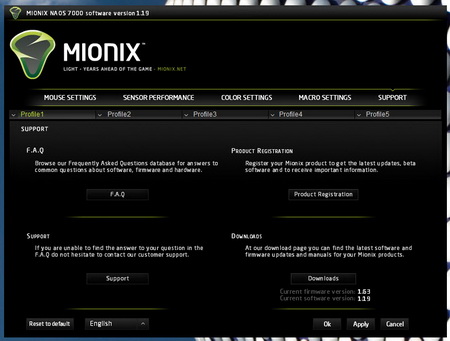
Just like the Avior and most gaming mice released by Mionix the control software is extremely easy to use and quite unique in terms of features. So once again through here you can program all of the 7 available buttons, set the polling rate, adjust the speed of the double click/scroll, create macros, adjust the illumination effects, set the DPI for all 5 available profiles, configure the lift-distance features, analyze the quality of the surface used and check the support forums.
From the color settings screen you can choose either both zones or one specific one to change its color and effect.
CONCLUSION
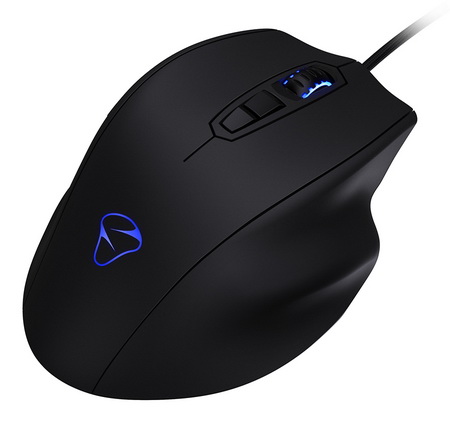
It took me 4 years to test another NAOS model since the NAOS 5000 back in 2009 so when Mionix send the NAOS 7000 over just after a month of me reviewing the 8200 i was very anxious to see how these two models would compare. Well the good news is that the ADNS-3310 IR-LED Optical Sensor works very well with the ergonomic body of the NAOS 7000 and although the mouse doesn't feel as responsive/fast as the Avior 7000 it does feel more accurate so if i had to choose between those two I’d most probably choose the NAOS (although it may take longer for your hand to get used to its shape). The control panel may still be the same one Mionix has been using for a long time now but it's very easy to use and offers more settings and features than any other program in the market (including the Surface Quality Analyzer Tool) so i can't really think of a reason as to why Mionix would ever consider changing it. My only problem with the NAOS 7000 is the lack of the side DPI LEDs and although to some people this may be of little importance to me this has always be a trademark of the NAOS line so dropping it with the NAOS 7000 just doesn't feel right.
When you are out to get a high performance gaming mouse you know it's going to cost you and the NAOS 7000 Optical Gaming Mouse is not an exception to that rule since it currently retails for USD79.99 inside the USA (Amazon.com) and 76Euros inside the EU (Amazon.co.uk). This price tag may seem somewhat high to some people but the good thing about that is that the price of the NAOS 8200 took a small dive so if you don't want to spend as much and/or you just don't care about the zero acceleration/deceleration feature you can choose that instead and save some bucks in the process. Still even that price is not too much for a very fast and gaming mouse with a large high quality housing coated with 4 levels of rubber for superior grip and although we were slightly disappointed to see the DPI LEDs go it still grabs our Golden Award.

PROS
- Build Quality
- Design/Size (Ideal For Medium/Large Hands)
- Accuracy/Grip (4 Rubber Coat Layers)
- 7000DPI/215IPS Avago ADNS-3310 IR-LED Optical Sensor
- Surface Quality Analyzer
- 128kb Onboard Memory
- 7 Programmable Buttons
- 5 Profiles
- Illumination Control (2 Individual Zones)
- Braided Cable With Gold Plated USB Connector
CONS
- Price (For Some)
- No DPI LEDs
